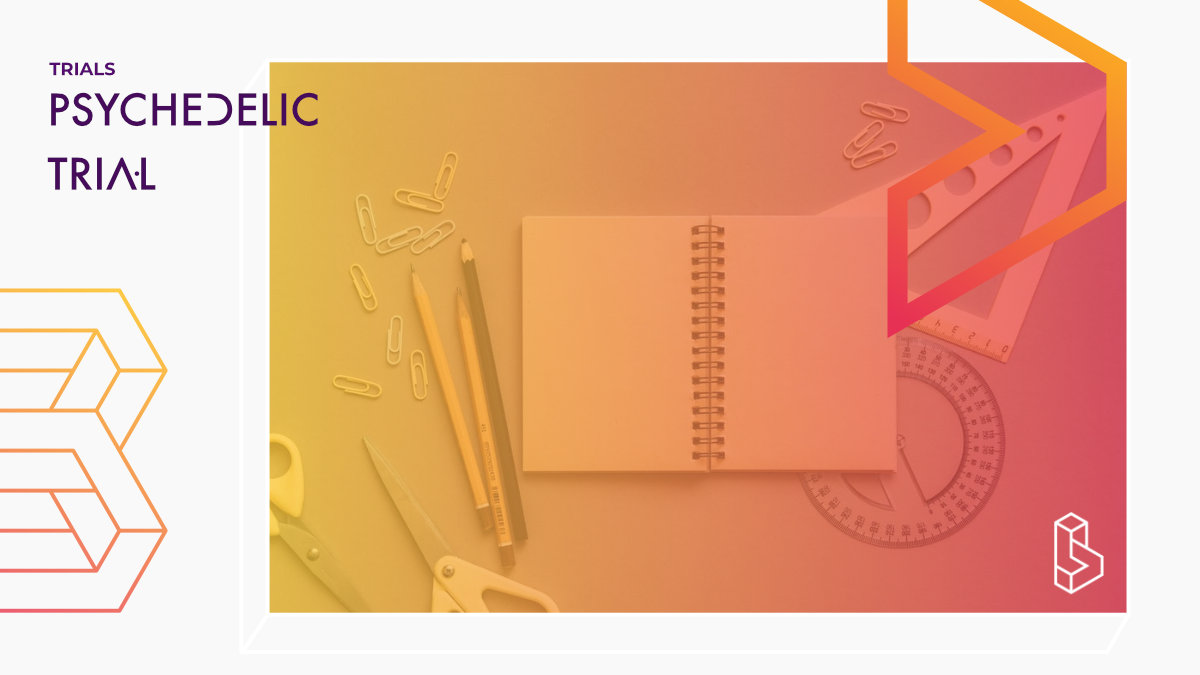This open-label, early Phase I trial (n=10) will investigate the effects of a single intravenous ketamine infusion (35mg/70kg over 40 minutes) on glutamatergic activity and synaptic strength in individuals with treatment-resistant major depressive disorder (MDD).
Conducted by the University of Pennsylvania, the study aims to determine whether ketamine’s rapid antidepressant effects are linked to changes in glutamate levels, using a specialised imaging technique called GluCEST. Participants, aged 25-65, will undergo two MRI scans—one before and one after ketamine administration—to measure glutamatergic changes. Mood assessments will be conducted before and after treatment.
The findings could help identify key mechanisms underlying ketamine’s antidepressant action, potentially leading to the development of new, longer-lasting treatments.
Trial Details
In the treatment of Major Depressive Disorder (MDD), ketamine can produce rapid but short-lasting improvements in mood. In order to develop a new generation of treatments with rapid and sustained efficacy, a better understanding of the mechanism of action is urgently needed. One candidate mechanism is the modulation of synaptic strength mediated by glutamatergic activity as ketamine has been suggested to increase synaptic strength. Although determining how ketamine impacts the glutamatergic system is essential to isolating its mechanism of action, the invasive nature of most assessment methods has limited our ability to do so in humans. The proposed research aims to determine if changes in glutamatergic activity, reflecting the modulation of synaptic strength, underlie the antidepressant effects of ketamine. In this project, the investigators will utilize a novel measure of glutamate imaging, GluCEST, to assess changes in glutamatergic activity to assess synaptic strength following ketamine administration. Ten individuals (aged 25-65) with a DSM-V diagnosis of MDD will undergo baseline GluCEST imaging prior to and following ketamine infusion. Both clinician-administered and subjective mood measures will be collected. It is predicted that ketamine will improve mood and increase glutamatergic activity and synaptic strength. Results from this project have the potential to identify the modifiable mechanisms by which rapid antidepressants work which could ultimately stimulate the development of novel interventions that work through the modulation of glutamatergic activity.Trial Number NCT06788249

